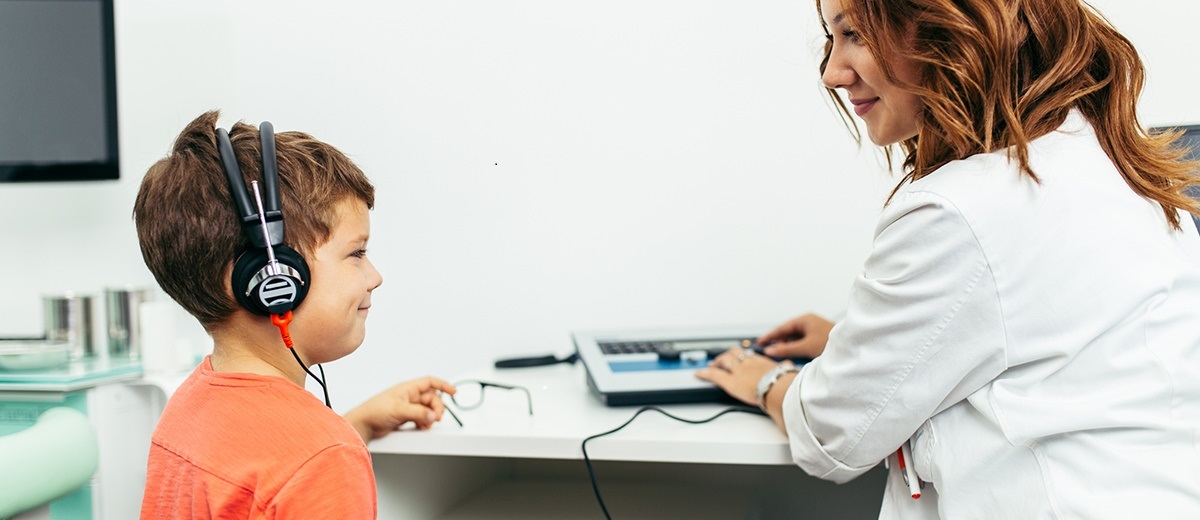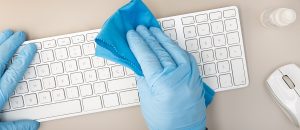As a school nurse, you know the importance of children being able to see and hear in the classroom and your role in the early identification of issues. Research from the Centers for Disease Control has indicated that five out of every 1,000 children are impacted by hearing loss. Children may be born with hearing loss or may acquire hearing loss after birth from illness, trauma, ototoxic medications, noise exposure, or genetic factors.
According to the American Speech Language Hearing Association, hearing loss in children can lead to:
- Delayed speech and language skills
- Learning problems in school 30-40% of children with hearing loss have additional learning issues
- Feeling bad about oneself
- Having trouble making friends
The sooner that hearing loss is detected, the sooner these effects can be mitigated. That’s where testing comes in.
How Pure Tone Audiometry Works
In pure tone audiometry testing, also called air conduction testing, sounds go through the outer and middle ear. This helps find the quietest sound a child can hear at different pitches, or frequencies. The sound is measured in loudness (decibels, dB) and pitch (hertz, Hz). Earphones allow for the sound to go to one ear at time a time for more accurate testing.
State guidelines may require a sweep-check screen, a threshold screen, or both. A sweep-check (or rapid hearing) screen assesses the need for a threshold screen, or, a sweep-check screen is performed as the required hearing screen. The sweep-check screen is to be conducted at an intensity less than or equal to 25 dB at the following frequencies: 1000, 2000, and 4000 Hz.
A threshold screen includes manual air-conduction measurements at 250, 500, 1000, 2000, 3000, 4000, 6000, and 8000 Hz (125 Hz under some circumstances). Pure-tone threshold audiometry is the measurement of an individual's hearing sensitivity for calibrated pure tones.
How to Ensure Accurate Results
For children under 3 years old, pure tone audiometry is difficult and may lead to inaccurate results. Picture speech audiometry combats these inaccurate tests for young children and/or children with disabilities.
For all types of hearing screening, it is essential that audiometric equipment is:
- calibrated
- functioning properly
- used in an acceptable test environment without excessive ambient noise
- cleaned and disinfected after each use
Currently there are no national guidelines for school-based hearing screening, so you should check with the local or state health or education department for procedures and certification rules.
To shop MacGill’s selection of pure tone audiometers, click here.
To shop disposable headphone covers, click here.
For cleaning instructions, click here.
Did You Know? MacGill offers one FREE calibration with the purchase of an audiometer. Click here for more information.





